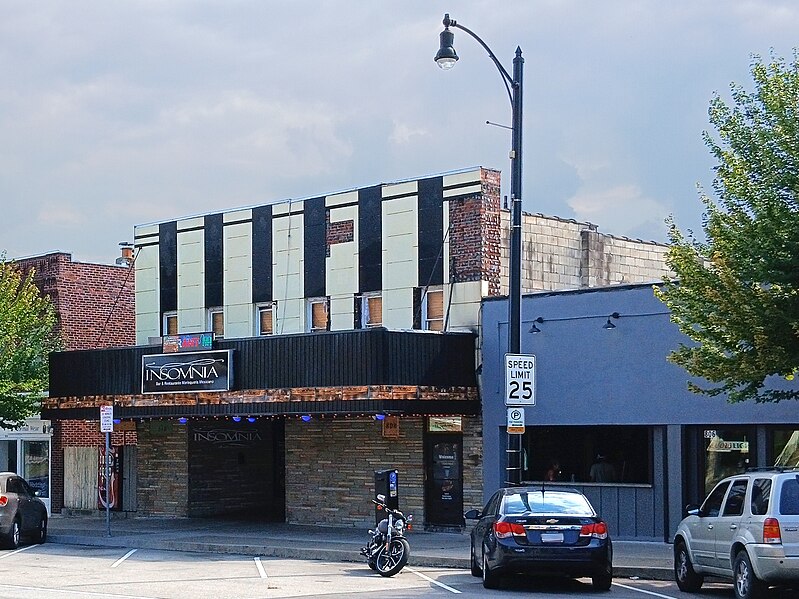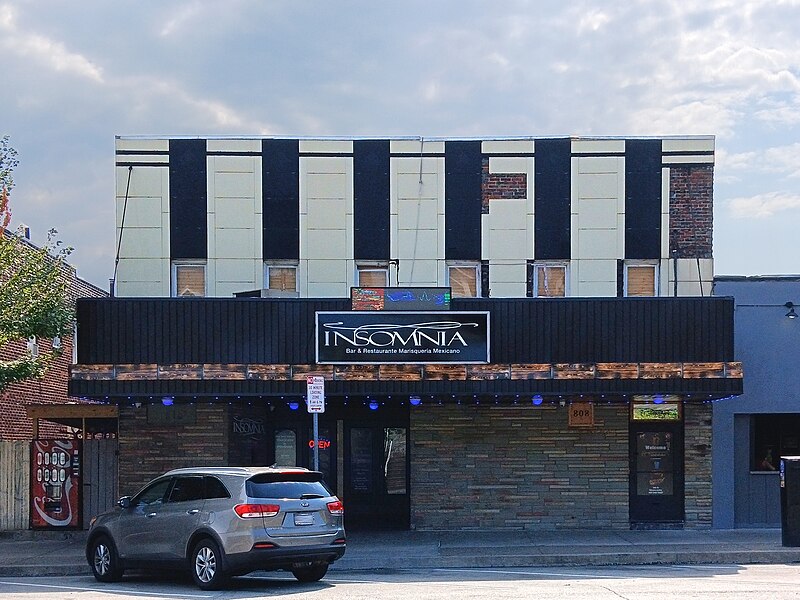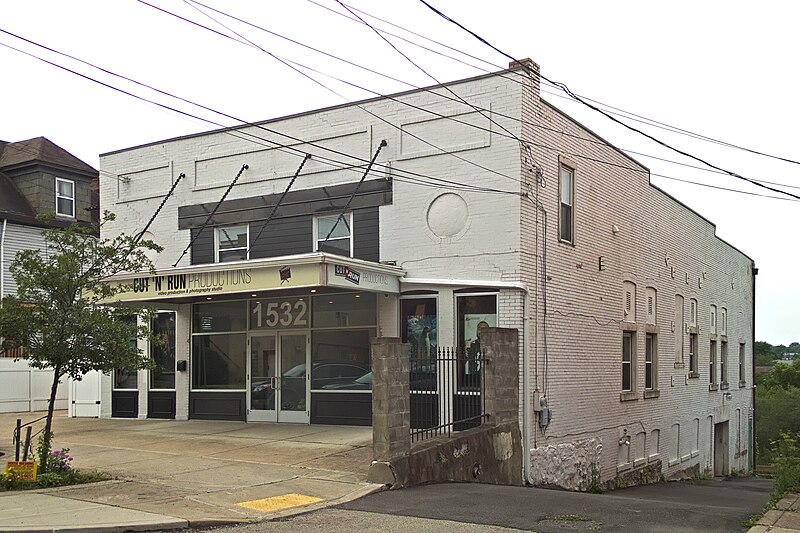
Charles Geisler, who lived in the South Hills neighborhoods all his working life, was a successful architect who specialized in small to medium-sized apartment and commercial buildings. Much of his work had a tint of the Spanish Mission style. The ground floor of this building, put up in 1923, has probably changed, but the upper floors are unusually well preserved, with tiled overhang, nine-over-one windows, and carved wood brackets, making this an excellent example of Geisleriana.





This little building looks like the little brother of the building next door. Father Pitt has no direct evidence that Geisler designed it, but the two properties were under the same ownership in 1923. Given the notable similarity in the treatments of the rooflines, it is reasonable to suspect Geisler, even if we cannot yet convict him of the design.

The Rex is attributed to Geisler in city architectural surveys, although it has been remodeled more than once, and old Pa Pitt would not be surprised if one of those remodelings was under the direction of Victor A. Rigaumont, who had a prosperous practice converting the silent generation’s movie houses to up-to-date Art Deco palaces for the talkie era.

Comments



































